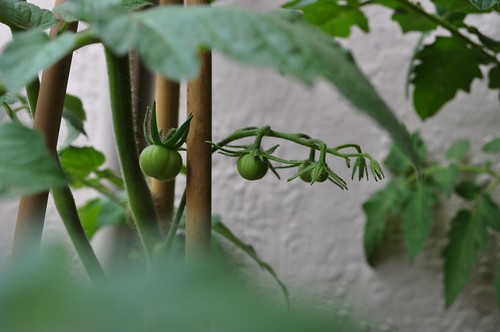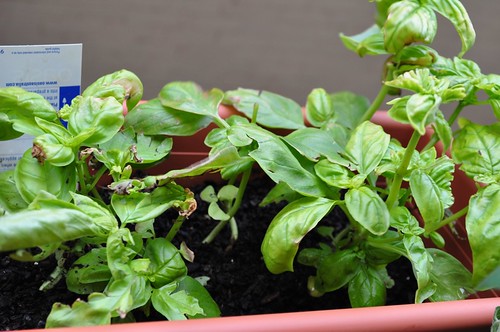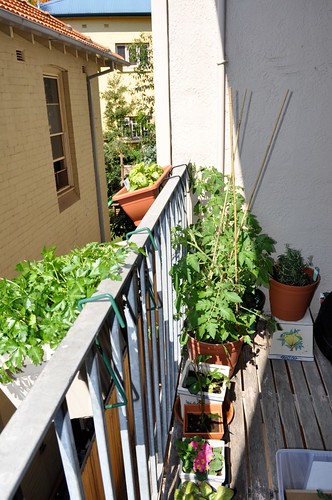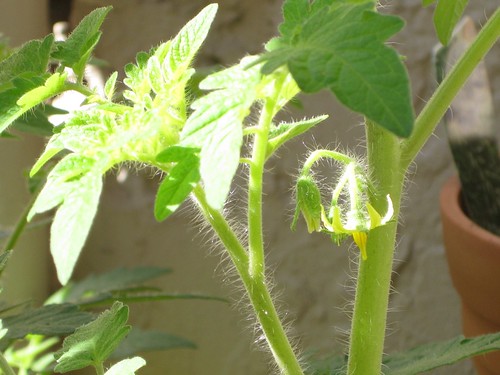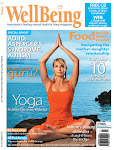
Flick the memory switch and try cast your mind back to the precise moment you were introduced to alcohol. Remember roughly how old you were? Chances are you weren’t quite the legal drinking age and you probably weren’t aware of the threats early introduction to alcohol posed to your mental and social health, just like the many children and teenagers across Australia developing problematic drinking habits.
A special DrinkWise Australia forum at Parliament House, Canberra, where high profile attendants ranging from Federal MPs, community leaders and sporting heroes gathered to affirm their support in the mission to delay Australian teenagers’ introduction to alcohol, was held this morning to promote its newest campaign KIDS AND ALCOHOL DON’T MIX. Among the speakers, Professor Ian Hickie of the Brain and Mind Research Institute spelled out the dangers of exposing teenagers to alcohol, warning that “The earlier you expose the brain to alcohol, the more likely you are to damage the developing brain.” The problem however, is not so much a lack of awareness with figures collected by Quantum Australia for DrinkWise in September 2009 revealing that 87 per cent of parents agree that alcohol affects the development of a young person’s brain, but rather that despite this awareness, 41 per cent of parents still believe it appropriate to introduce their children to alcohol before the legal drinking age of eighteen.
Unlike choosing to dismiss all nutritional wisdom when scoffing down a greasy burger or block of chocolate, the potential health damage caused by ignoring the warnings of premature alcohol consumption cannot be undone with a simple visit to the gym. The teenage years constitute prime time for mental growth and development and positive socialisation; the mind is constantly seeking to expand and learn new things. It is no secret that early alcohol initiation can encourage terrible drinking habits and alcohol abuse. I’ve witnessed first hand what happens when teenagers, who are taught drinking to be a casual and acceptable practice within the home, are unleashed to roam the urban jungle, away from parental supervision and adult control – I can recall off the top of my head witnessing numerous bingefests, trips to the hospital to get stomachs pumped and wounds stitched, and the ruining of lifelong friendships/relationships (among a list of many other regrets.) I can also conjure a list of a few friends (now distanced) who grew up with drinking as a casual family practice from a young age, who subsequently struggled academically, became socially awkward/removed, and now tackle terrible drinking habits or alcoholism. As DrinkWise chair Trish Worth explains “Teenagers are still heavily influenced by the role modelling of parents. So, if you drink heavily then expect your teenager to drink at risky levels too.”
Beyond the hormone-fuelled tempests and rebellion of adolescence lies a delicate mind, constantly being moulded and prepared for the future. So parents, as you offer your child or teenager a sip of your Merlot at dinner, thinking that it’s better you teach your child safe and proper drinking habits within the safety of the home, try to remember that age limits are legally imposed for a reason, and drinking habits of any sort are a major drain on the young membrane.
Interested? Try clicking these:
www.drinkwise.com.au
www.why21.org/teen/ - the effects of alcohol on the teenage brain
www.abc.net.au/catalyst/stories/s2000936.htm – Doctors discuss the facts while a teenage girl recounts her negative experience with underage drinking.
Grace Balev is a 19 year-old media student with some freelance experience under her belt who has recently begun work at WellBeing alongside Co-editor Chelsea Hunter as editorial intern helping out with administration, writing, editing, and keeping tabs on the website. Each day at WellBeing offers new lessons on work, health, happiness and life on a unique journey of exploration and discovery. Although relatively young, a past (and future, no doubt) filled with adventures and tales of ups, downs, lefts and rights continue to inspire and enrich her life on a daily basis. It is this diverse expanse of experience and excitement that Grace hopes to share with the world as a growing intern, and aspiring journalist, at WellBeing.


